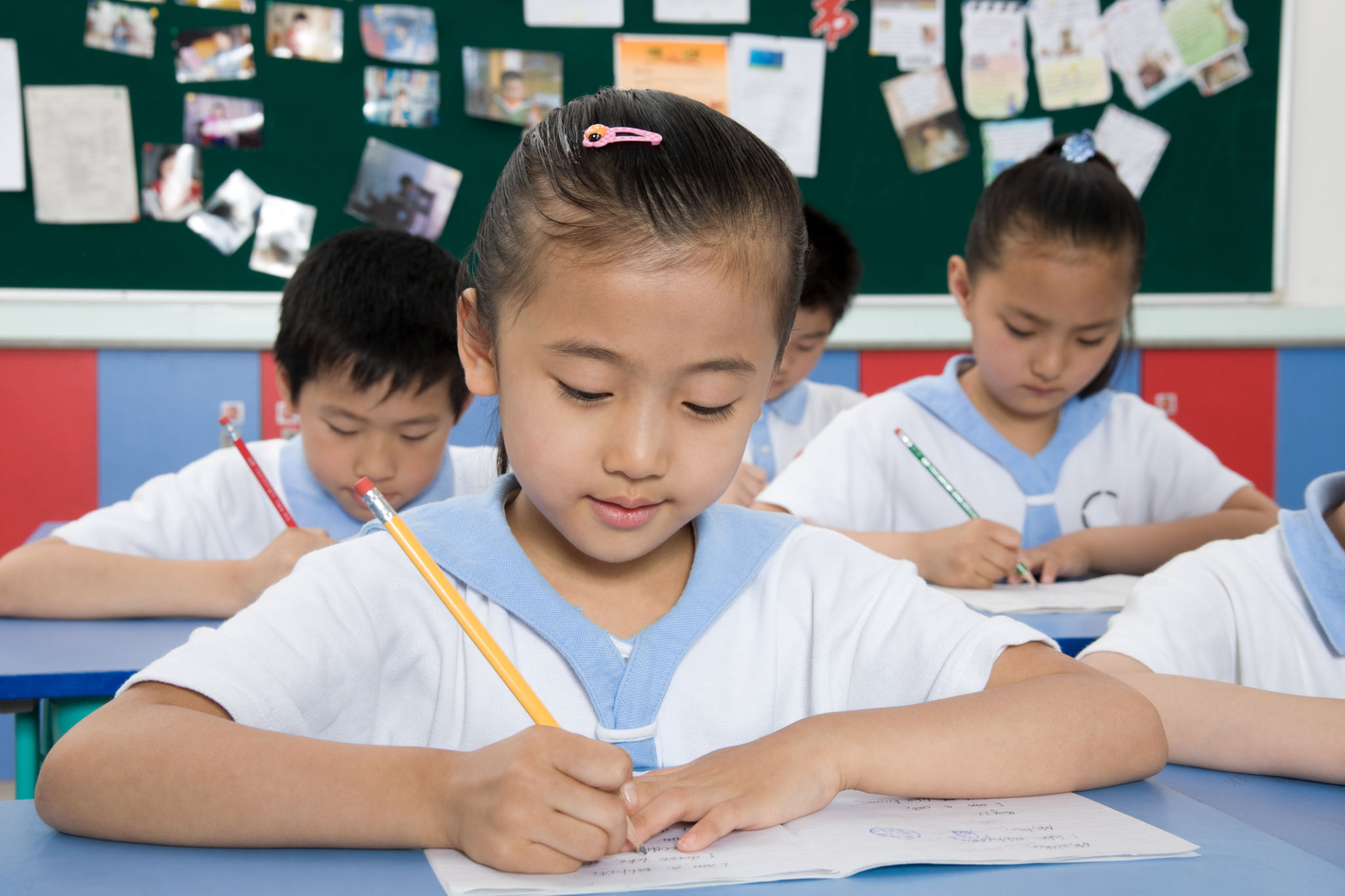Supporting Children Through Art: The Impact of NFTs in Developing Countries
The Power of Art in Child Development
In recent years, art has emerged as a powerful tool for child development, particularly in developing countries where resources are often limited. Art provides children with an outlet for self-expression, creativity, and emotional healing. It plays a crucial role in cognitive and social development, helping children to communicate their thoughts and feelings in a safe and nurturing environment.
Art education can foster critical thinking and problem-solving skills. When children engage in art, they learn to make decisions, experiment with new ideas, and explore their imagination. These skills are invaluable, offering lifelong benefits that extend beyond the art classroom.

The Rise of NFTs in the Art World
Non-Fungible Tokens (NFTs) have revolutionized the art world by providing a digital platform for artists to showcase and sell their work. Unlike traditional art sales, NFTs are unique digital assets that are verified using blockchain technology, ensuring authenticity and ownership.
NFTs have opened new avenues for artists from developing countries to gain international recognition and financial support. By creating digital art that can be sold as NFTs, artists can reach a global audience without the need for intermediaries, making the art market more inclusive.

Supporting Children Through NFTs
NFTs have the potential to significantly impact children in developing countries by providing financial resources that can be reinvested into their communities. Artists who sell their work as NFTs can allocate a portion of their earnings to support educational and social programs for children.
Several initiatives have emerged, focusing on using NFT sales to fund art education programs. These programs provide children with access to art supplies, workshops, and mentorship opportunities that would otherwise be unavailable. This support not only nurtures talent but also empowers children to envision brighter futures.

Case Studies: Success Stories
There are already inspiring examples of how NFTs are making a difference. In some communities, artists have successfully used NFT sales to build schools and community centers dedicated to art education. These spaces offer a safe haven for children to learn, create, and grow.
In one notable case, a collective of artists collaborated on an NFT project that raised funds to provide scholarships for children interested in pursuing careers in the arts. This initiative has opened doors for young talent who may not have had such opportunities otherwise.
Challenges and Opportunities
While the potential benefits of NFTs are significant, challenges remain. Access to technology and the internet can be limited in developing countries, posing barriers to both creating and purchasing NFTs. Additionally, there is a learning curve associated with understanding blockchain technology.
However, these challenges present opportunities for growth and innovation. By investing in digital infrastructure and education, communities can harness the full potential of NFTs. Partnerships between local organizations and international platforms can facilitate this progress, ensuring that the benefits of NFTs reach those who need it most.

The Future of Art and Children
The intersection of art and technology offers a promising future for children in developing countries. As NFTs continue to gain popularity, they hold the potential to transform lives by providing resources for education and community development.
By supporting initiatives that utilize NFTs for social good, we can empower the next generation of artists and change-makers. The impact of these efforts will be felt not only by the individual children who benefit but by their communities as a whole.